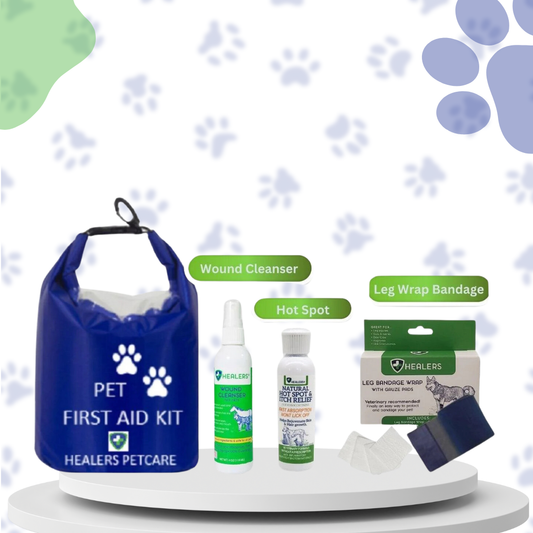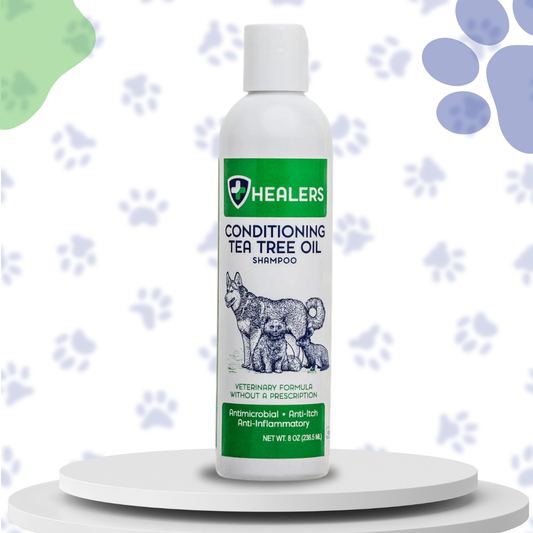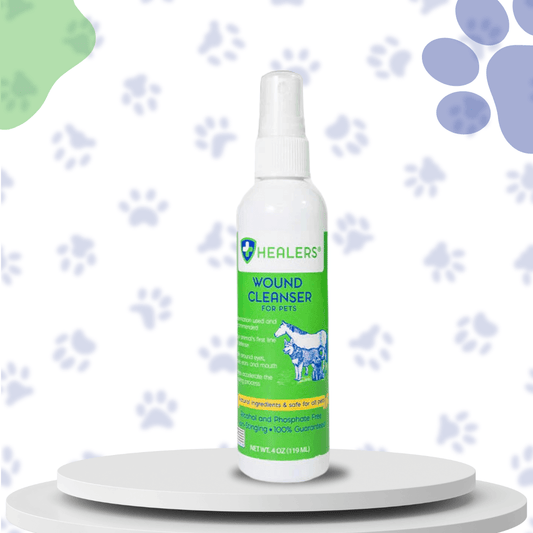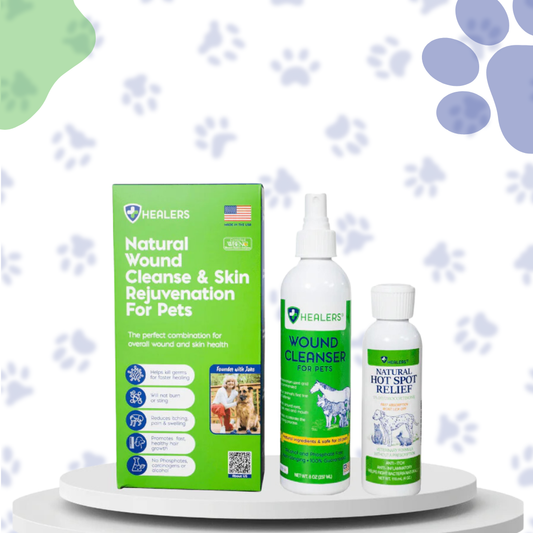BOO-YA Pet Halloween Safety Tips
While you are out enjoying the fun festivities with your pet this Halloween, be mindful of some of the unfortunate pitfalls that are most commonly seen at Veterinary Hospitals this time of the year.
SAFETY TIPS
HBC - (hit by car) This is traumatic for everyone involved! Take precautions before you and your pet venture out. Make sure your pet is on a leash and has a current ID tag if they will be out with you on the dark streets.
If your pet is hit by a car or suffers an impact by any type of motorized or human powered scooter, skateboard, etc. DO NOT give any type of human pain medications prior to speaking to a veterinarian. Many over the counter pet medications can be toxic to our fur friends.
Make sure YOUR PET IS VISIBLE! Add reflective tape to their costume, or use an illuminated harness, leash or bandana. Here are some great options for year-round outings.
It is also imperative that your pets costume does not restrict movement, circulation or have items that can be chewed off and ingested.
Protecting your pets paws from the elements and potential injury is another recommendation to take into consideration. Paw injuries can be painful and put a quick end to your fun outing.
FOOD TOXICITY - Eating things we shouldn't is so tempting, and some dogs excel in this area. Cats tend to be more finicky, but have been known to eat things too! here is a list of common food items and the problems they can cause for your fur baby.
CHOCOLATE - This is a big one! Who doesn't find chocolate tempting?!? The toxic components in chocolate are known as Methylxanthines, specifically Theobromine and Caffeine. These act as stimulants to the central nervous system and are rapidly absorbed through the gastrointestinal tract to metabolized by the liver.
The crazy thing is they can go through a process (enterohepatic recirculation) where they are reabsorbed by the ileum (the last part of the small intestine) and returned to the circulating blood stream before being eliminated by the kidneys. Critical signs can develop within hours and can last for days. It all depends on the size of your pet, the type of chocolate and the amount eaten.
Pet weight, age & the type of chocolate are all factors in determining the possible toxicity. Dark, milk or white chocolate and the amount eaten is a must know if possible. The amount eaten and the pets body weight are important because it is very different for a small chihuahua to eat a snack sized Snickers vs a Grate Dane eating the same amount. Age will also be important because chocolate can speed up the heart and in a senior pet that can be more concerning.
Signs and symptoms to watch for: Symptoms can range from mild GI upset to lethargy, hyperactive, vomiting, diarrhea, panting, restlessness, increased heart rate, lowered blood pressure, temperature, excessive thirst and increased urination - whew, that's a lot!!
In severe cases there can be muscle tremors, seizures, heart failure and death. Use the chocolate toxicity calculator to be very sure. If in doubt, call your veterinarian!!!
XYLITOL - This is another often overlooked possible toxicity that many pet parents are not even aware of...AND YOU NEED TO BE! Xylitol is a common sugar substitute found in many everyday food items like candy, gum, peanut butter and more. If you are using sugar free products - check the labels! Even small amounts of this ingredient can cause potential dangerous low blood sugar levels (hypoglycemia), seizures, liver failure and coma or death.
FYI: This ingredient is also being added to labels under the name of Birch Sugar. Many people keep Benadryl on hand in case of a bee sting. Depending on the size of the pet and its recommended dose, you may have the child dose on hand - check the ingredient label! Be aware that almost all medications labeled for children may be "sugar free" or have a "pleasing taste additive" that may contain Xylitol.
RAISINS, GRAPES AND CURRANTS - There is NO antidote for the toxicity caused by ingestion of these substances!! Irreversible liver damage resulting in death is the worst case scenario. There are still so many unknowns with this type of poisoning that any exposure is a cause for concern. There is no well-established toxic dose for these fruits and there is an individual specific sensitivity, meaning each dose to each dog can be different amongst dogs in how severe the reaction is. There are some dogs who can tolerate eating small amounts with few consequence, while other dogs may develop poisoning after eating only a few. There is no way to predict how your dogs will be affected. Be aware - granola, trail mix and power/cereal bars may contain some of these ingredients.
MACADAMIA NUTS - This is another potential toxin where the exact result is an unknown. It is also individually specific in how it affects a pet when ingested. Some pets are fine while others will have a mild to severe reaction. The most common signs are weakness in the hind legs, lethargy, vomiting, diarrhea, tremors/seizures and fever. The great news is that generally, WHEN TREATED, full recovery to normal can be expected.
PUMPKIN & CORN COBS - While these items are not toxic, they can be a potential health risk. If large pieces are eaten they can become lodged in the intestine and cause a blockage. Be mindful to properly dispose of them when you are finished using them in your holiday décor. Both are known to become moldy over time and mold can be a serious toxin to your pet resulting in vomiting, diarrhea and sever seizures that require medical intervention.
Treatment for many toxins require induced vomiting, while other toxins can actually cause more problems if vomiting is induced. This is a process that ideally should only be done at a Veterinary hospital. There is always a chance for aspiration which can lead to a more serious complications like pneumonia. The old home-remedy agents recommended for inducing vomiting at home can also cause problems of their own. Syrup of ipecac, hydrogen peroxide or salt water should NEVER be given unless under the direction of your Veterinarian.
It is always a good idea to have a pet specific first aid kit handy to use at home or keep in the car for those unexpected "owies" or situations. Here is a small, comprehensive first aid kit you will be happy you had!
Be sure to have your regular veterinarians phone number and address, and an after hours pet emergency hospital contact in a place where all family members know where to access it.
Possible toxin exposure: If you think your pet may have eaten something, call your veterinarian or the Pet Poison Helpline. There is no universal antidote & most toxins do not have an antidote!
Possible questions they will ask:
1. What type of pet do you have (dog, cat, rabbit, etc.)
2. How old is the pet & how much does it weigh? Age and weight can factor in to the toxin your pet is affect by.
3. Have you given your pet any medications or applied any products topically? Some pet can have a negative reaction to some types of flea products. You may be instructed to bathe your pet prior to brining in if you are able to in the case of a flea product toxicity. It will help reduce to toxic exposure if you wash the product off. And yes, use DAWN dishwashing soap like you see in the television commercials for oil exposure to wildlife. It get down to the bottom of the hair follicles to rinse out the product. A small bottle is a great addition to any first aid kit to wash off any contaminants.
4. How is the pet acting? Is it lethargic, having breathing problems, pale mucous membranes, bleeding, vomiting, or having a seizure?
If there is any question as to the stability of the pets condition - take to a veterinarian immediately!
5. Does your pet live inside, outside or both and where were they when they started to "not act right"? Do you know of any possible toxins in the area where the pet last was? Garage: antifreeze, ant/slug/rodent bait, inside: plants, dropped or missing pet or human medications.
6. What form does the possible toxin come in? liquid, capsule/pill, pellets, powder, solid form.
7. Do you know what the suspected toxin is? Can you bring in the toxin? Take the whole package if possible so it can be definitively identified. It is recommended to bring the suspected toxin in with you if you know what it is your pet got into and it can be transported safely.. Be sure it is kept away from where the pet will be so no additional exposure is made. Some toxins have similar product types that may be more or less toxic depending on the ingredients
8. Have you provided any treatments/given medications to your pet since possible toxin exposure? It is imperative that you tell whoever you are talking to about your pets condition if you have given any medications, induced vomiting, or bathed. DO NOT give any human medication of any type. In the case of a mild reaction to a bee sting, you may be instructed to give Benadryl at home by mouth. This is a medication typically given intravenously at the veterinarians office because it is faster acting via that route. If you have given it at home, it may not be able to be administered if your pet is seen at the veterinary hospital.
PET POISON HELPLINE - (855) 764-7661
Take care, be aware and have a SPOOKTACTULAR HOWL-O-WEEN PAWTY!
Teresa Griffith, LVT (35 yrs experience as a veterinary technician in ER, ICU, Specialty, and Blood Bank Veterinary Hospitals)





